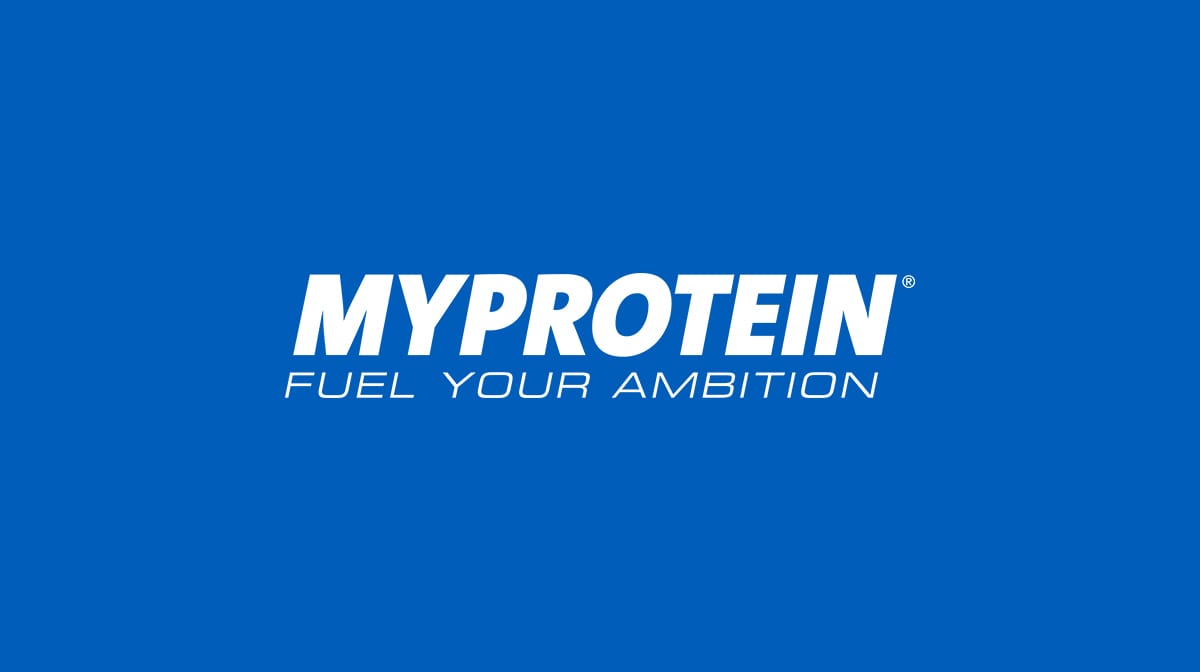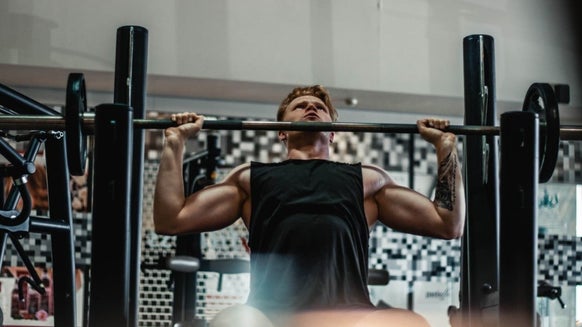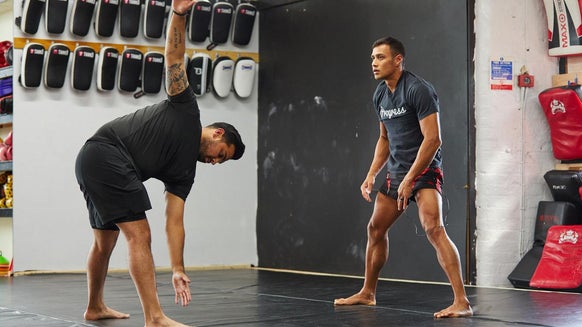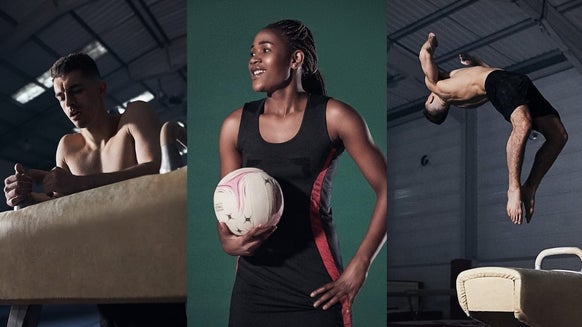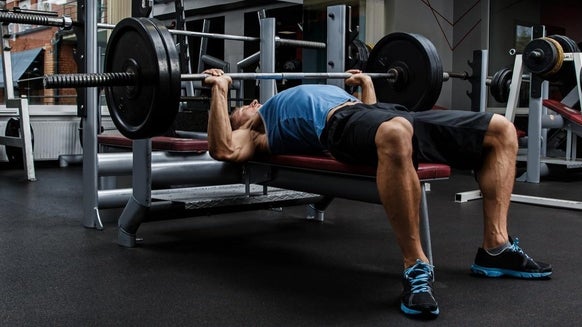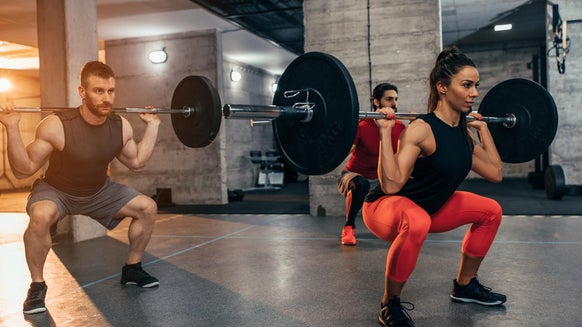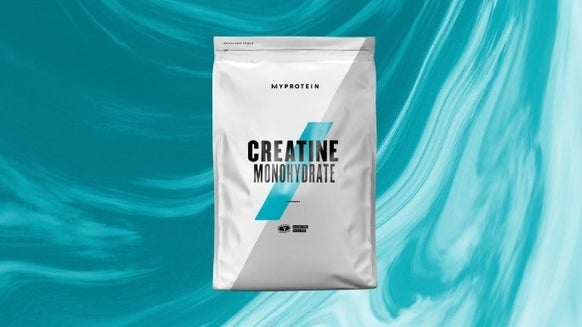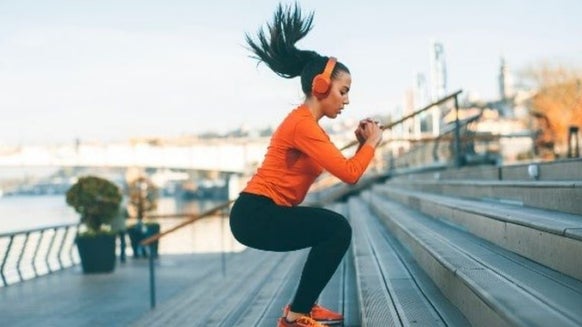Small Calves? 4 Tips For Growing Your Calf Muscles
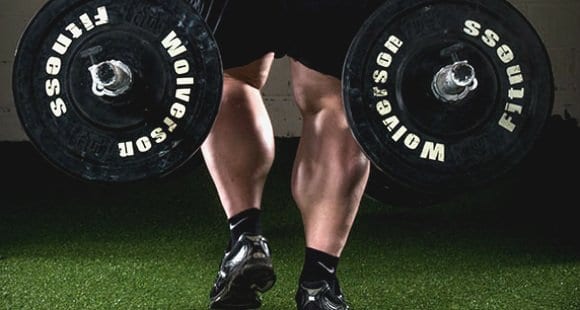
Calves are a body part which are often neglected by lifters, since many don't have the genetics to add serious mass to them. They therefore opt to never train calves, and spend time on other body parts where they have noticed more growth.
I am going to present you with several tips on how to really grow your calves, and say goodbye to those chicken legs forever!
Foam Rolling/Calf stretches[/su_heading]
Foam rolling is an excellent way to release tension from your muscles, either before or after a workout. In the case of training calves, it's extremely important to do-so before hand.
As dull as it may seem to some - or even those avoiding it because of the 'pain' it causes, spending 5 minutes foam-rolling your calves will release some of the tightness preventing you from completing calf exercises correctly (full stretch.)
To foam roll your calves, you should lie in a supine position, with one leg over the other.
✓ Place your calf on the foam roller, stabilising yourself with your arms.
✓ Roll backwards and forwards in a controlled motion, stretching out your calf and repeating. Do this for several minutes, and then repeat and do it with the other leg.
It is recommended to foam-roll pre workout, but you can complete it post-workout and throughout the day to relieve tension in a particular area.

Range of Motion[/su_heading]
One of the main reasons why people do not see any gains in their calves is because they do not perform calf exercises using full range of motion. Most people just extend up, bouncing the weight and not controlling it.
If you really want to grow your calves, you need to stretch fully at the bottom of the movement. All seated/standing calf machines have a platform to raise yourself above the floor, so you can dip your heels down at the bottom of the movement. It is vital to dip your heels down as far as you can go, and really focus on pushing the weight up using your calves.
It is also vital to ensure that it is your calves, and only your calves which are lifting the weight. Anyone can lift the whole stack if they are using their traps, quads, and shoulders (etc.) to support the weight. It is vital that you keep your glutes flexed and shoulder blades tight, without rounding your back, and just push through with your calves.
You can simulate this movement on a barbell standing calf raise by rocking back at the bottom of the movement:
✓ Keep this motion controlled, so you aren’t using momentum to lift the weight.
✓ Reset your position, rock back and press the weight in a controlled manner.
✓ You can also use a plate or a step as a platform, as the machines use.
3) Reps/Sets
Lots of people decide to stick to one rep range, for a certain number of sets. When performing calf exercises, you need to be a little more open minded. Many like to use high rep ranges when training calves, but it is about what is beneficial to you.
Try out a few rep ranges, 6-8, 10-12, 15+ etc. and see what works for you. What I find to be effective is alternating the number of reps you do.
I will complete a set of 8 reps with heavy weight, then drop the weight down significantly and do 20 reps. I find this really helps me burn out my calves, especially towards the end of my workout. This means your muscles won’t get accustomed to the same workout, so you can keep growing them and prevent a plateau.
You can also burn your calves out at home by doing body weight calf raises using a staircase, completing a set number of reps on one stair, then stepping up to the next, and repeating, until you reach the top. This gives you a visual goal and helps you push through the pain.
Cardio[/su_heading]
Most people overlook cardio when it comes to muscle gains. Generally, I would agree that it isn’t the best idea if you’re looking to build muscle. However, when it comes to calves it is a different story. Think about cyclists, sprinters, footballers etc. They have big calves, as the need them to be explosive and powerful in their sport.
I would recommend finishing off your leg (or calf) workout with cardio of different sorts. You want to be doing both
✓HIIT (High Intensity Interval Training) and
✓ LISS (Low Intensity Steady State) cardio.
First, you should look to complete around half an hour of HIIT to a difficulty level best suited to you, for example 30 second walk, 30 second sprint, for half an hour. You then should finish off, or engage in LISS, which could be a long walk/slow jog, or cycle.
Take Home Message[/su_heading]
You should train your calves like any other body part, and if possible, set aside an allocated day to focus on them (and another muscle group). I find what works for me is having separate days for Glutes/Quads and Hamstrings/Calves.
You need to find out what your calves respond best to by experimenting with high/low rep ranges.
Don't just stick to one range though, mix it up to ensure those calves keep on growing!
